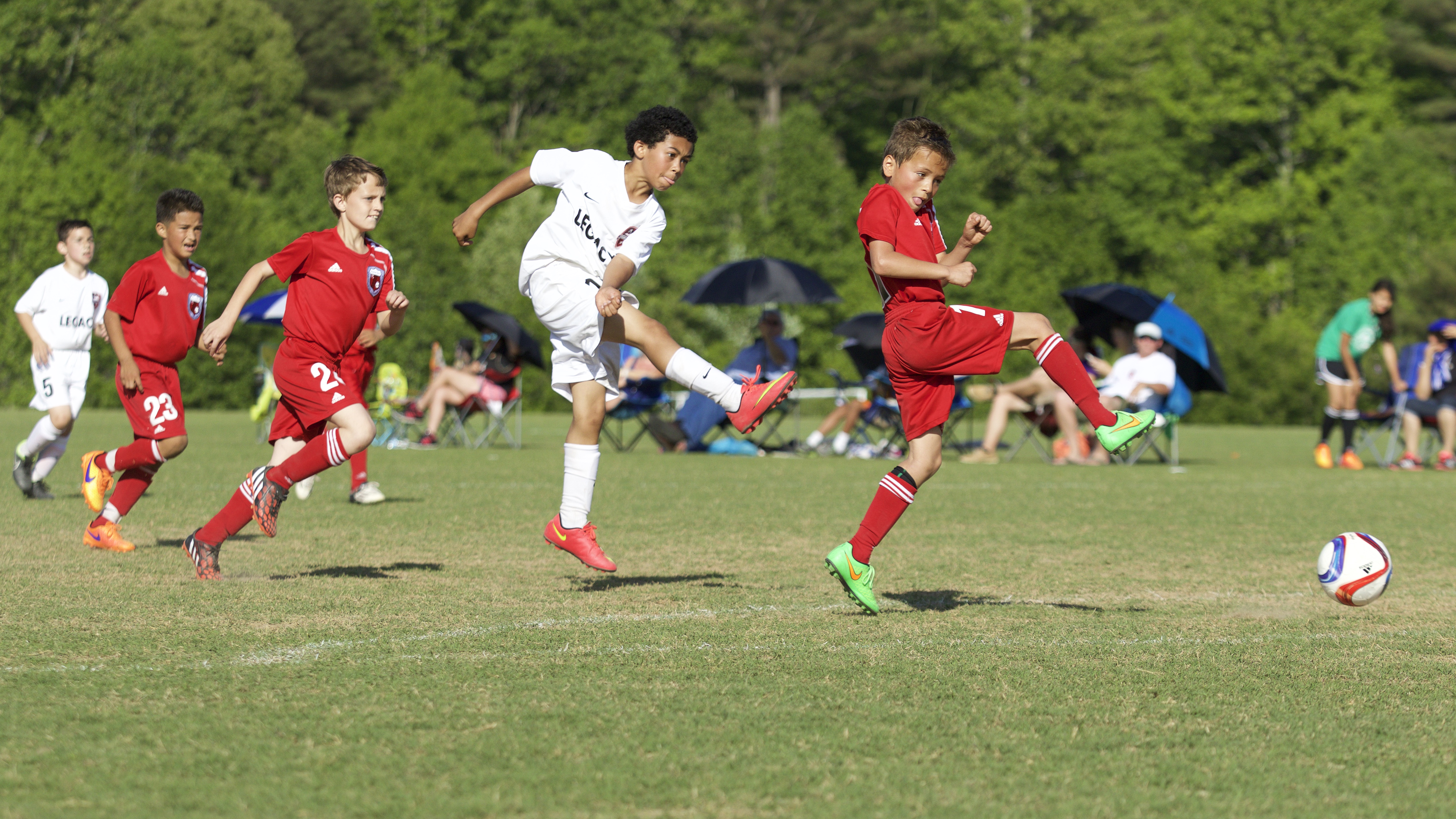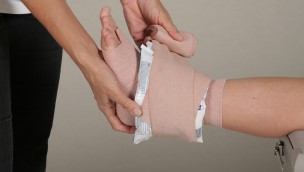Sever's Disease
When young athletes have a painful heel, it may be due to Sever's disease.

Sever's disease is actually not a disease, but an overuse injury in and around the growth plate on the back of the heel. The achilles tendon attaches there and is continually «pulled» in and around this area. This can cause a lot of pain. It is especially common in growing adolescents.
Signs and symptoms
Sever's disease causes pain during physical activity, especially running. The heel is sensitive to the pressure and feels sore.
Diagnosis
Sever's disease can be diagnosed reliably using history and physical examination. This is usually done by a doctor or physiotherapist.
Sever's disease share some similarities with achilles tendinopathy (tendon pain), but the latter is very uncommon in this age group. An X-ray examination can be performed to confirm the diagnosis if it has been present for a while or to rule out other possible injuries.
Gets better with time
Sever's disease is a condition that will resolve itself with time, but it can take up to a year. It is important to take your symptoms seriously.
Treatment
If symptoms flare up, using ice can quite effective for pain relief. The most important measure is to adjust the level of activity. This might mean that activities that cause pain should be put on hold or modified until the symptoms subside.
However, it is still important to maintain some level of activity. The athlete should not cease training completely. Training should be adjusted so that activities that cause pain, such as running and jumping, are removed from the training program or modified to allow some continued participation. This is ideally done in consultation with the trainer and physiotherapist.
Many people report a reduced amount of pain when using a heel cushion in their shoe. This is worth trying as it can reduce the load placed on the heel.
Rehabilitation
Sever's disease will resolve by itself, but it can take up to a year to be symptom-free. Once the pain has subsided, it is important to start with stretching and strengthening exercises.
Symptoms should be taken seriously. Ignoring them is not a good idea. Pushing through the pain or trying to mask symptoms by using painkillers or gels will, in most cases, just prolong the rehabilitation period.


